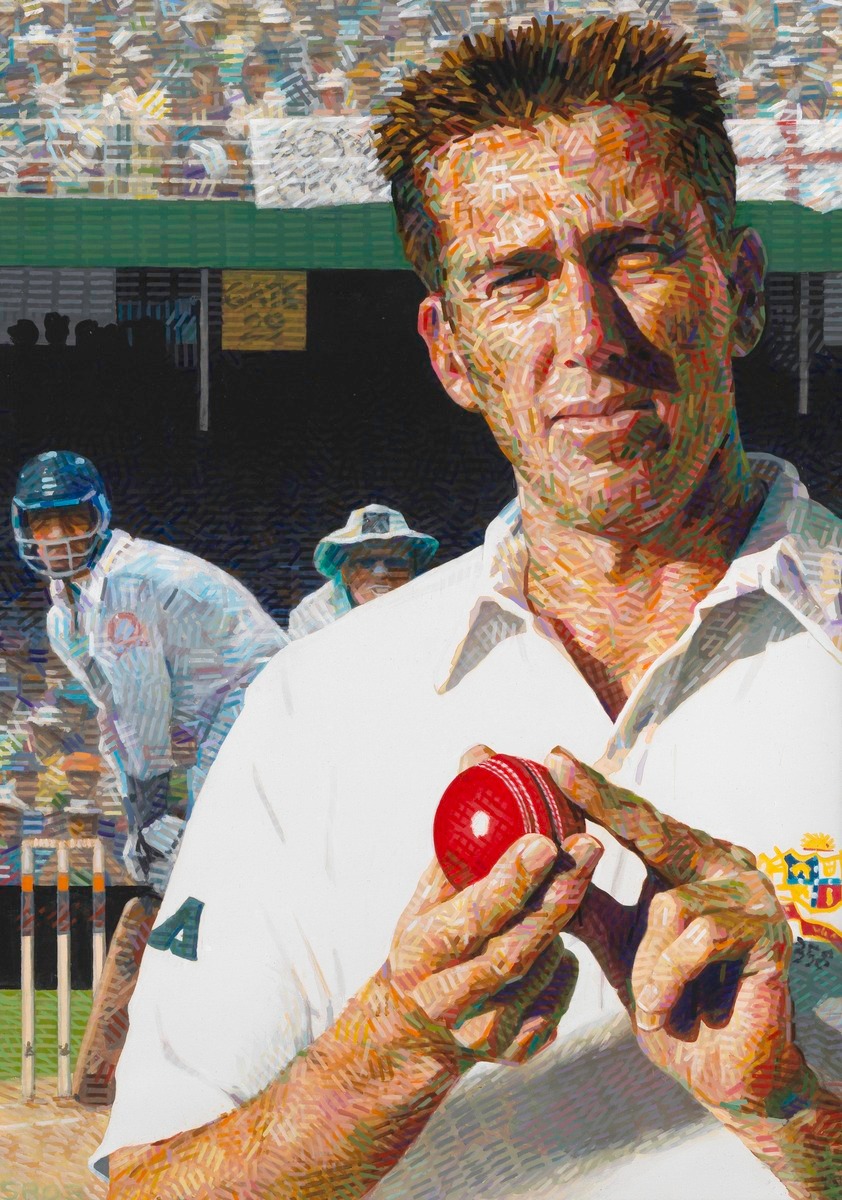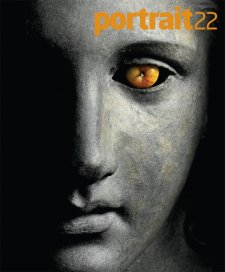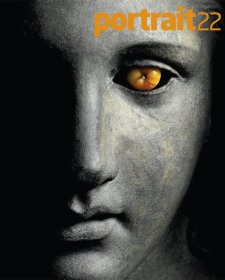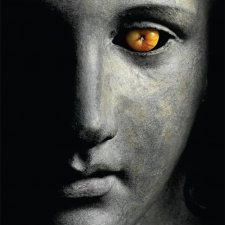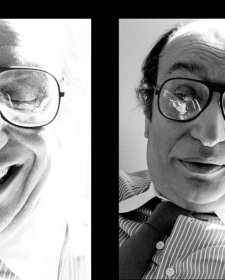With tens of thousands flocking to the matches and many more tuned in to television, radio and web cast coverage, there is little doubt of Australia’s continuing preoccupation with the Ashes.
Fuelled by an unquenchable rivalry towards the traditional foe, or perhaps its historical significance, the nation’s absorption with the Ashes has been intensified in the 2006-2007 tournament by a desire to win the trophy back from England. The Australian lineup will be the oldest in almost 80 years and although a topical subject for the critics, these aging players – including Glenn McGrath, Shane Warne and Adam Gilchrist – are viewed by many as the team’s great strength.
During the Ashes Test Series, the National Portrait Gallery will exhibit its painting of Glenn McGrath by Sally Robinson. The third highest Test wicket taker of all time, (Pigeon) McGrath holds the record for the highest number of Test wickets by a fast bowler. Not the quickest bowler, he instead bowls an unremitting off-stump line and relies on unerring accuracy and the ability to make the ball seam a little off the pitch. The first of the current Ashes matches, which was played in Brisbane, saw McGrath return to the Australian side after an extended break due to his wife’s illness. This comeback match has clearly shown critics that the thirty-six year old is far from reaching his use-by date by bowling in the first innings a devastating 6 for 50 against the visiting English team.
The current Ashes series with its key players could very well be the scene Robinson has depicted in her painting: McGrath contemplating his next ball and Shane Warne standing in the slips with his signature war-paint-like zinced nose, while an anxious English batsman waits at the crease. The painting however was rendered during the 2002-2003 Ashes match at the Sydney Cricket Ground. The artist, herself an avid fan of cricket, admits that this is an unashamedly heroic image of McGrath. To undertake the portrait Robinson gained a press pass from the Australia Cricket Board to observe the bowler in action and take photos, and had a number of private sittings with him.
Over the past six years Sally Robinson has concentrated her energies on painting, with a significant focus being on portraiture. However many of us know her as one of Australia’s leading printmakers of the 1970s and 1980s. In 1999 she made her first appearance in the Archibald Prize as a portrait painter and since this time has exhibited regularly in the Portia Geach Portrait Prize. Her background as a printmaker remains strongly evident in her painting practice with stencilling remaining an integral component. The artist’s specific technique and its relationship with media coverage are also significant, as she explains:
The pixellated images we are bombarded with in newspapers, magazines, on billboards, the television and computers, have always excited me. I use dots, dashes and/or lines to produce a similarly complex aggregation of colour and tone that flicker across the painting’s surface yet in their juxtaposition, give sufficient information to create an accurate likeness of the portrait subject. Stencilling is a large part of my technical repertoire to build up these strong colours and textures.
The technique of using media-like pixellated markings to portray McGrath is particularly appropriate as it also speaks of the regularity in which we see him in various media. It also reiterates that it is through the avenue of media representation that we have developed a relationship with the sporting celebrity. While McGrath pursues his quest for maintaining bowling superiority and increasing his wicket tally, our familiarity with his public and personal life through extensive media coverage will continue. There is little doubt of this relationship decreasing in the imminent future, as he said earlier this year ‘Whenever people have written me off, I have always proved them wrong.’
